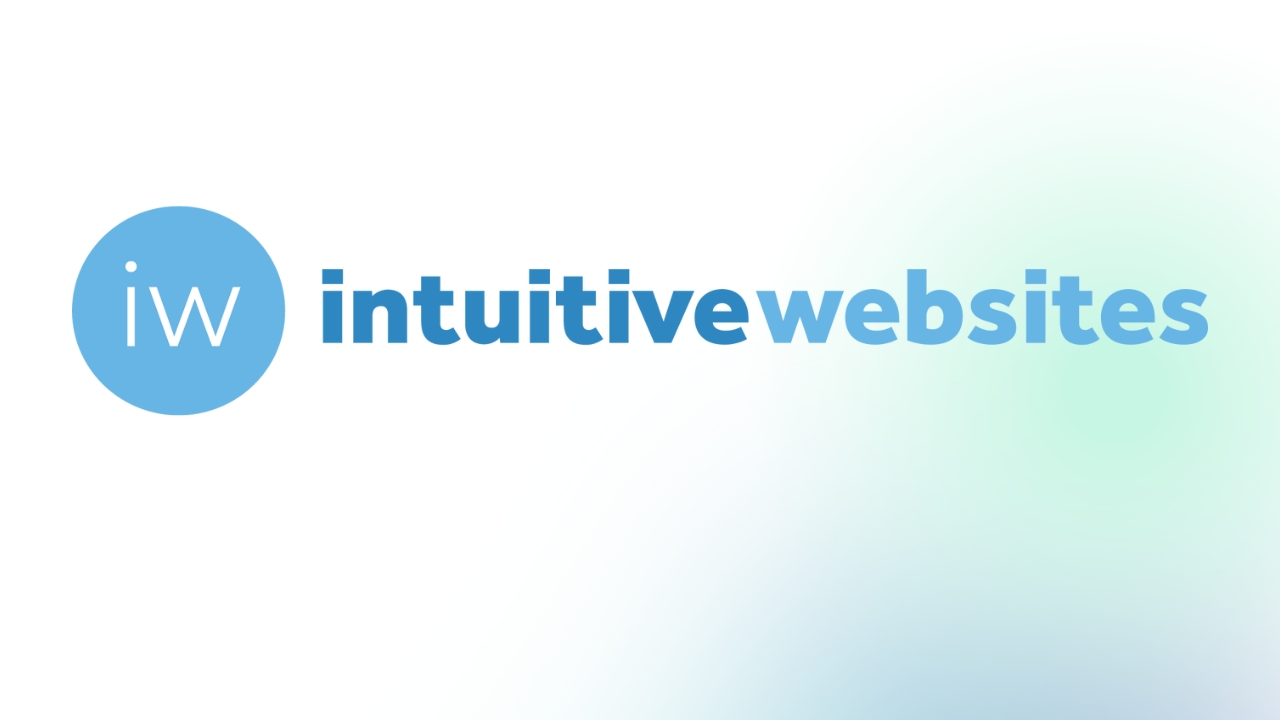The Internet offers content in a variety of forms. This gives people the ability to research and learn by their preferred method, whether it be reading, listening to audio, reviewing a slide show, watching a video or other forms of content and media. Millions of people use each of these content types every day on the Internet. Written content is still the most popular form of website content and it can be supplemented nicely by many other forms of content to help communicate the value of your business.
Here are a few examples of content types that you can include on your website:
- Written content
- Video and audio
- Blog postings
- Blog subscription feeds and comments
- E-mail newsletters
- Podcasts (audio and video)
- Webinars or other training
- Informational articles
- Case studies
- Product reviews and testimonials
- E-books and white papers
- PDF files
- Social media postings and comments
- Twitter or micro blog postings
- Press releases (internal and external)
- Slide presentations
- Mobile apps
- About Us pages
- Contact Us pages
- And more…
Here are the channels through which this content can be presented to users:
- Business websites
- Mobile websites
- Website and micro blogs
- E-mail newsletters
- Audio and video
- PDF files
- Social media websites
- Press releases and media websites
- Google docs and other online documents
- Mobile apps
- Branded apps
- Offline marketing
- And more…
Once again, millions of people select the digital content channel that is best for them each day. Don’t make the mistake of thinking one content channel is best, or that other people do not use a particular channel because you don’t use it. Try different content types and channels and measure the results in your web stats.
Website Content Summary
The objective of this post is to show the business leader the variety of options available for viewing content and distributing online. These content distribution channels form trends and can be unique to your target market. The bullet points above should be part of your content checklist, and each content area should have an action plan and be part of your overall strategic digital marketing plan.
For example, mobile devices are one of the fastest growing content segments. Is your website and content optimized for mobile devices? Review your stats on mobile usage and understand how your target market prefers to absorb content online. This is a key to driving strategic digital marketing results.
Website Content Action Items
- Determine what content type is most preferred by your target market and make sure you are providing information they value.
- Include a content marketing and distribution strategy in your strategic digital marketing plan.
- Offer content in multiple sources to give website users options.
- Distribute this content to other websites that are visited by your target market.
- Track and monitor the most popular forms of content and its usage.
- Review your content on mobile devices and track mobile stats.
- Include visual content with the written word to better communicate value, and always use captions with photos and graphics.


